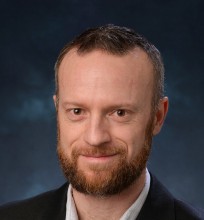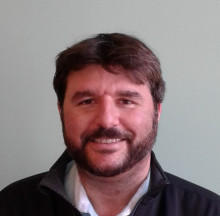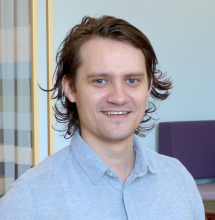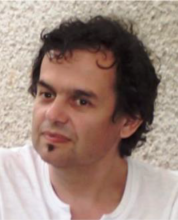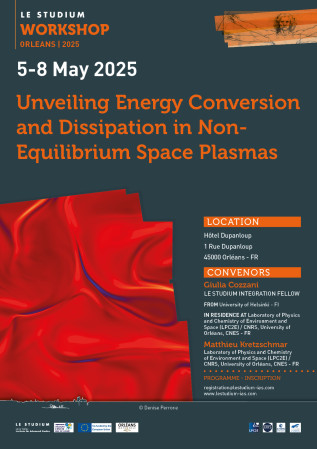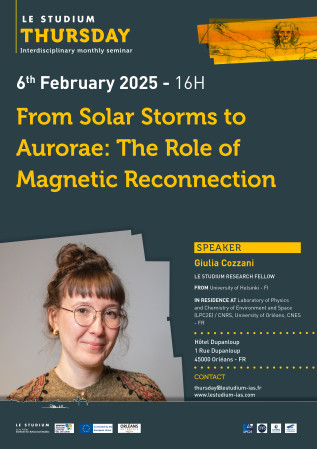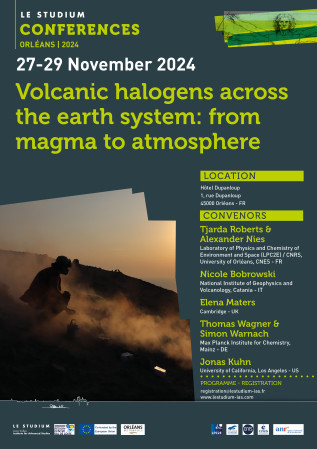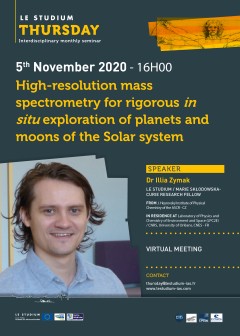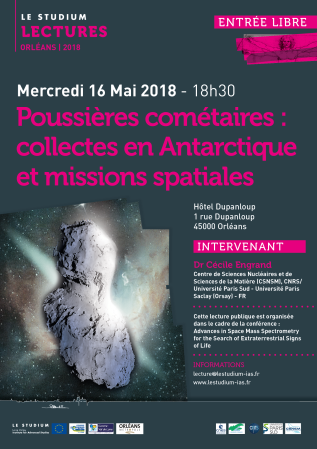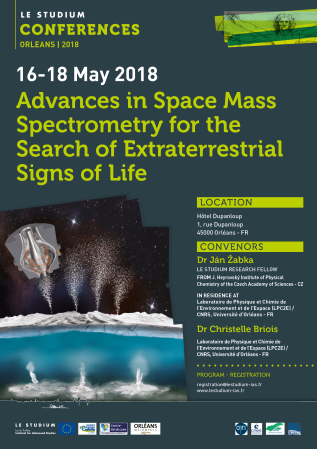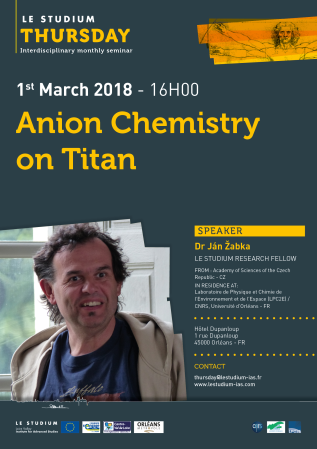Laboratory of Physics and Chemistry of the Environment and Space (LPC2E)
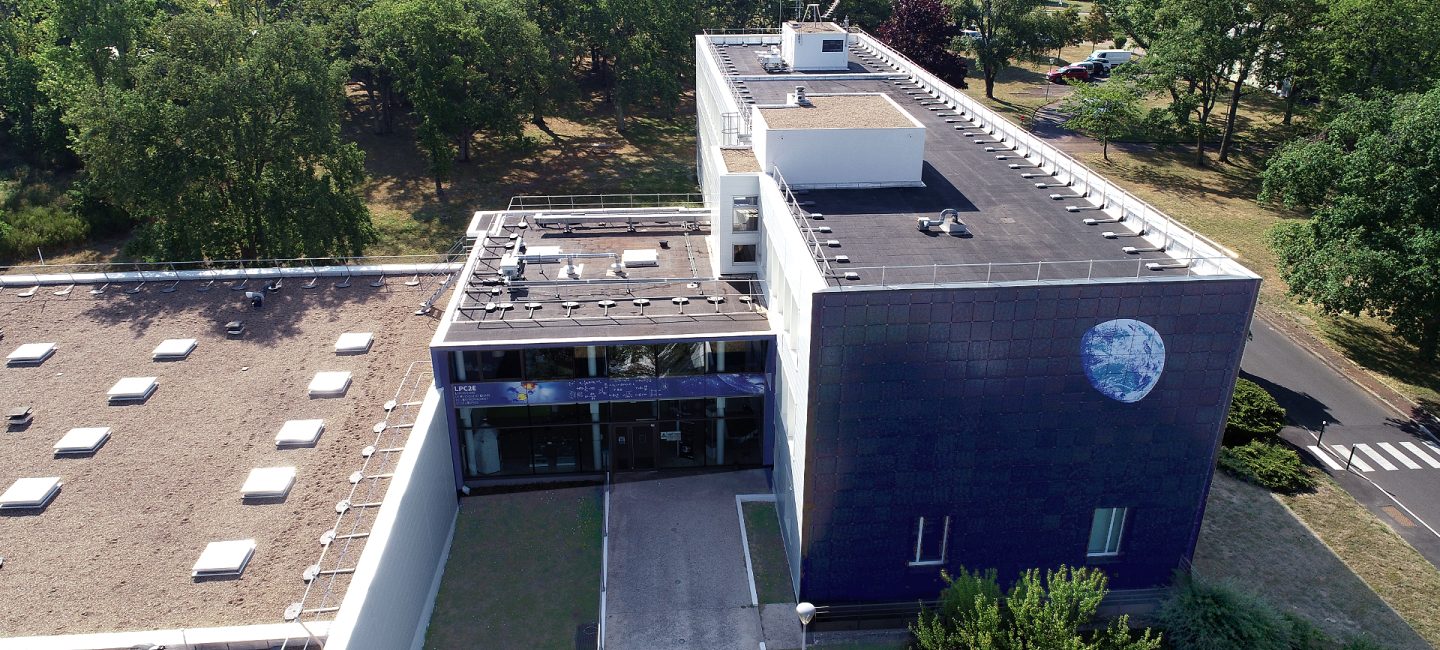
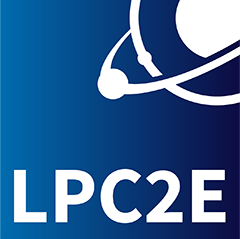
3A avenue de la Recherche Scientifique
ORLÉANS 45071
France
The LPC2E is one of the founding laboratories of the Observatoire des Sciences de l'Univers en Région Centre (OSUC). Its research activities focus on three distinct fields:
- the physico-chemistry of the Earth's atmosphere and planetary environments,
- the physics of space plasmas,
- astrophysics.
These research activities are based in particular on the development and scientific exploitation of instruments aboard satellites and space probes, under stratospheric balloons, aboard atmospheric research aircraft, or on the ground for laboratory and field studies. In this context, LPC2E is one of the leading space laboratories working in close partnership with CNES, which is co-supervisor. The laboratory is committed to a quality approach aimed at eventual ISO 9001 certification. Whether it concerns sensors, on-board electronics or on-board data processing, the instrumentation developed at the developed at LPC2E must be adapted to the extreme conditions of the space environment or the Earth's upper atmosphere, and must meet the quality requirements required by national and international agencies (CNES, ESA, NASA, etc.).
Research topics:
Physico-chemistry of earth's atmosphere and planetary environments
Research in physico-chemistry of the earth's atmosphere is motivated by issues linked to global climate change, the evolution of the ozone layer, and air quality, which all require precise knowledge of the concentrations of greenhouse gases, reactive gases and atmospheric aerosols. Their aim is to study the chemistry (composition, reactivity) and dynamics of the upper troposphere and stratosphere at all latitudes, as well as exchanges at geosphere-biosphere-atmosphere interfaces, in relation to wetlands, volcanic activity and biomass fires. They combine in-situ measurements of gaseous species (optical spectrometry, mass spectrometry, hygrometry) and aerosols under aircraft (stratospheric balloons, airplanes), numerical modelling at different scales, as well as ground-based field campaigns and laboratory studies of chemical reactivity (in partnership with the ISTO and ICARE laboratories, INRAE and BRGM).
The study of planetary environments (atmospheres, surface, cometary dust) is based on in situ measurements. The laboratory is developing physicochemical analysis techniques based on very high-resolution mass spectrometry (OrbitrapTM) to study the mineral phases of cometary grains or the environment of planets, satellites and small bodies in the solar system, with potential applications in exobiology. The laboratory is also developing a spatialized version of the LOAC aerosol counter for the study of planetary atmospheres.
Space plasma physics
Research in space plasma physics concerns the study of ionized environments in the solar system. It aims to understand the interactions between radiation and particles from the Sun, and the ionized environments of the Earth, planets, moons and comets. These interactions are responsible for the creation of magnetospheres and magnetic storms, and are essential for space weather. This research is underpinned by a strong instrumental activity involving the development and operation of electrical and magnetic sensors on board major international space missions (ESA, NASA, JAXA) to study the Sun, the solar wind and other solar system bodies. Research is also carried out using simulations and balloon flight campaigns to understand the transient light and energy events that couple thunderstorms with the Earth's upper atmosphere, in particular terrestrial gamma-ray flashes, making the de facto link between the Earth's atmosphere and space plasmas.
Astrophysics
Astrophysics research focuses on multi-wavelength studies of pulsars and exoplanets, as well as constraints on fundamental physics. To this end, radio emissions from celestial objects are observed and measured from radio telescopes, mainly from the Observatoire de Radioastronomie de Nançay (ORN) with the NRT and the new NenuFAR antenna array. LPC2E is involved in the design and operation of ORN instruments.
These observational activities are complemented by theoretical studies on fundamental physics and gravitational wave sources. In particular, the team uses observational data to study radiation mechanisms in the magnetospheres of neutron stars and exoplanets, to test gravitational theories, to study the state of dense matter in compact objects, and to search for and characterize very low-frequency gravitational wave signals.
The various experimental programs are supported by research and development activities in instrumentation and metrology, signal processing and artificial intelligence, electronics and microelectronics.
Technical resources:
- Magnetic coil sensors
- Electrical sensors and mutual impedance probes
- Laser optical spectrometry
- Mass spectrometry
- Electronics laboratories
- Space technology
- Sesign office, machine workshop and 3D printing
- Vacuum chambers (PEPSO, thermalized LAb-Cosmo)
- Clean room
- Faraday cage.
These resources are necessary for the design, construction and testing of ground-based or on-board instruments in environments subject to extreme conditions (space, stratosphere, aeronautics or adverse meteorology).

